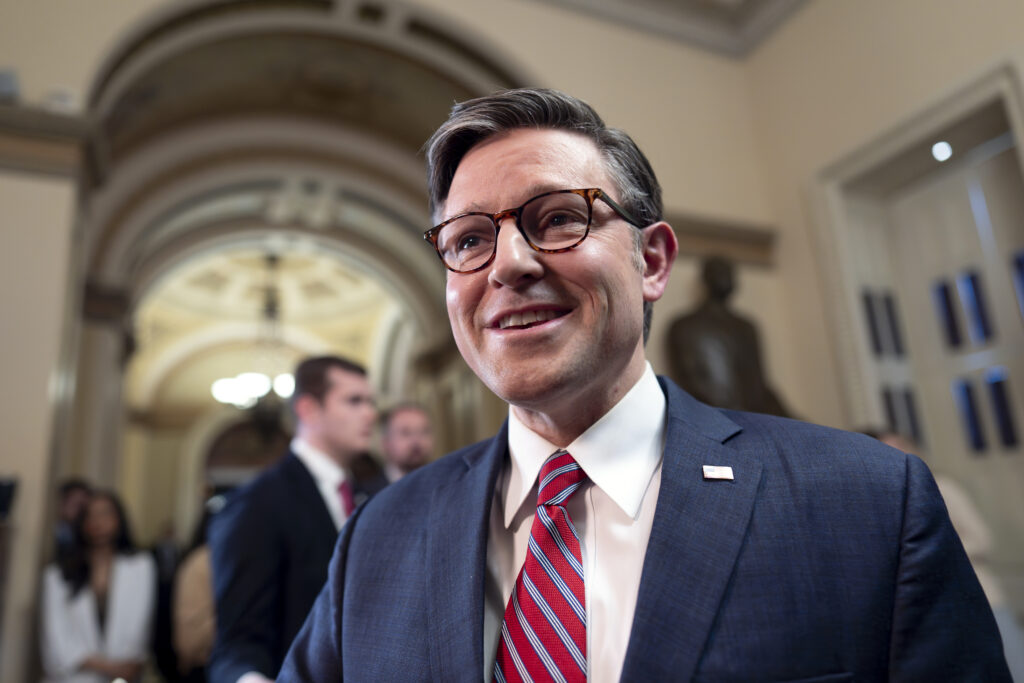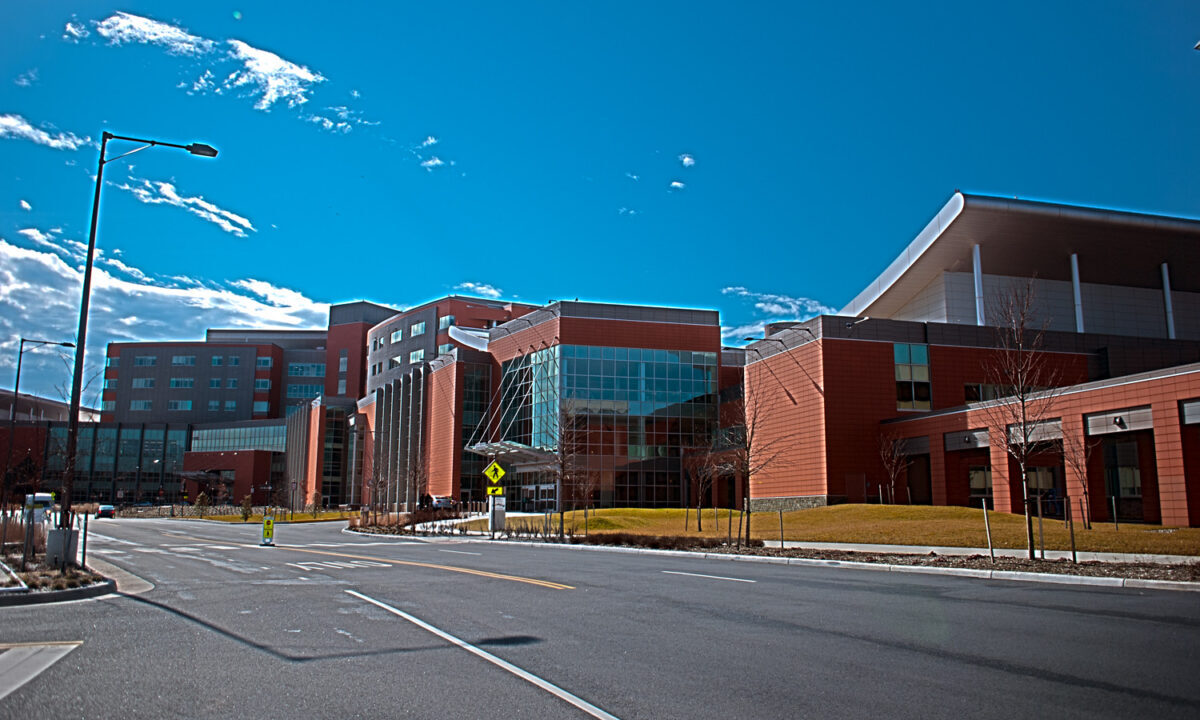White House reveals strategy to transform empty downtown buildings into affordable housing.
The Biden Administration Aims to Convert Vacant Commercial Buildings into Affordable Housing
The Biden administration is taking steps to increase affordable housing options in downtown areas by converting vacant commercial buildings into residential units, according to officials. In an effort to address the shortage of affordable housing units and high office space vacancies, the administration has announced federal financing and incentives to convert high-vacancy commercial buildings across the country into residential use.
Related Stories
A White House fact sheet states, “Office and commercial vacancies across the country are affecting urban downtowns and rural main streets. A new blog released today by the Council of Economic Advisers finds that office vacancies have reached a 30-year high from coast-to-coast, placing a strain on commercial real estate and local economies.”
The plan aims to tackle the long-standing issues of affordable housing shortages, high rental costs, and the need for emission reduction strategies. Lael Brainard, director of the National Economic Council, described converting vacant downtown office spaces into affordable housing as a “win-win” solution. She believes it will revitalize downtown areas while increasing the number of affordable housing units.
Ms. Brainard emphasized the urgency of the situation, stating, “We know that commercial building vacancies are at an all-time high in some cities and communities across the country, while housing supplies in those same communities remain constrained. This presents an area of opportunity to both increase housing supply while revitalizing Main Street.”
The Biden administration has released new guidance on how state and local officials can obtain financing and technical assistance to convert commercial space into residential space. These actions will be supported in part through the sale of federal properties. Additionally, the Department of Transportation will provide guidance for over $35 billion in loans designated for transportation-oriented development projects.
The administration believes that the guidance from the Department of Housing and Urban Development will not only boost housing supply but also incentivize state and local governments to improve their zoning, land use, and transit-oriented development policies.
To support these efforts, the White House has unveiled a guidebook detailing over 20 federal programs that offer resources such as low-interest loans, grants, and tax incentives for converting commercial properties into residential spaces. These resources will be accessible through the Transportation Infrastructure Finance and Innovation Act and Railroad Rehabilitation and Improvement Financing programs.
The new program aims to address the issue of people either living too far from work in affordable areas or living in unaffordable areas close to work. The Biden administration hopes that these investments will help alleviate these conflicts.
A fact sheet released by the White House states, “These announcements will create much-needed housing that is affordable, energy-efficient, near transit, and good jobs, and reduce greenhouse gas emissions, nearly 30 percent of which comes from the building sector.”
While overall inflation has decreased in the United States, housing costs have remained high. In August, housing expenses rose by 7.2 percent annually, surpassing the 3.7 percent headline inflation rate. The 30-year fixed-rate mortgage is currently at a 20-year high of 7.5 percent, leading to increased expenses for homebuyers.
According to data from the National Association of Realtors, home sales hit a 13-year low in September due to high interest rates and escalating home prices. Low housing inventories have also contributed to rising prices.
Transportation Secretary Pete Buttigieg highlighted the impact of the pandemic on work, living, and commuting patterns, as well as the high vacancy rates in downtown office spaces. He stated, “We’re seeing decades-high levels of office vacancies in many downtowns, while at the same time, many of America’s cities and towns face a steep shortage of housing, and families are struggling to afford housing and transportation.”
How does converting commercial buildings into residential units support emission reduction strategies and promote sustainable housing options
Ies. This aligns with the administration’s larger goal of creating more sustainable and equitable communities.
One of the key benefits of converting vacant commercial buildings into affordable housing is the potential to revitalize downtown areas. Many downtowns have been struggling due to the shift towards remote work and the economic impacts of the pandemic. By repurposing vacant office spaces into residential units, the administration hopes to attract more residents and businesses back to these areas, creating a more vibrant and economically viable downtown environment.
In addition to revitalizing downtown areas, this initiative also directly addresses the shortage of affordable housing units. The cost of housing has been steadily increasing, making it difficult for many individuals and families to find affordable places to live. By converting vacant commercial buildings, the administration aims to increase the supply of affordable housing, helping to alleviate the housing crisis in many communities.
Furthermore, converting commercial buildings into residential units can contribute to emission reduction strategies. Residential buildings typically have lower energy consumption compared to commercial spaces. By repurposing these buildings, the administration aims to promote more energy-efficient and sustainable housing options, contributing to the fight against climate change.
To support these efforts, the Biden administration has announced federal financing and incentives. State and local officials can obtain financing and technical assistance to convert commercial space into residential space, with the sale of federal properties helping to fund these initiatives. The Department of Transportation will also provide guidance for transportation-oriented development projects, further encouraging sustainable and connected communities.
The guidance from the Department of Housing and Urban Development will not only increase housing supply but also incentivize state and local governments to improve their zoning, land use, and transit-oriented development policies. This comprehensive approach recognizes the interconnectedness of housing, transportation, and land use planning, and aims to create communities that are more accessible and equitable.
Overall, the Biden administration’s initiative to convert vacant commercial buildings into affordable housing demonstrates their commitment to addressing housing shortages, reducing rental costs, and promoting sustainable communities. By repurposing vacant office spaces, they aim to revitalize downtown areas, increase the supply of affordable housing, and contribute to emission reduction strategies. This comprehensive approach seeks to create more vibrant, inclusive, and sustainable communities across the country.
" Conservative News Daily does not always share or support the views and opinions expressed here; they are just those of the writer."





